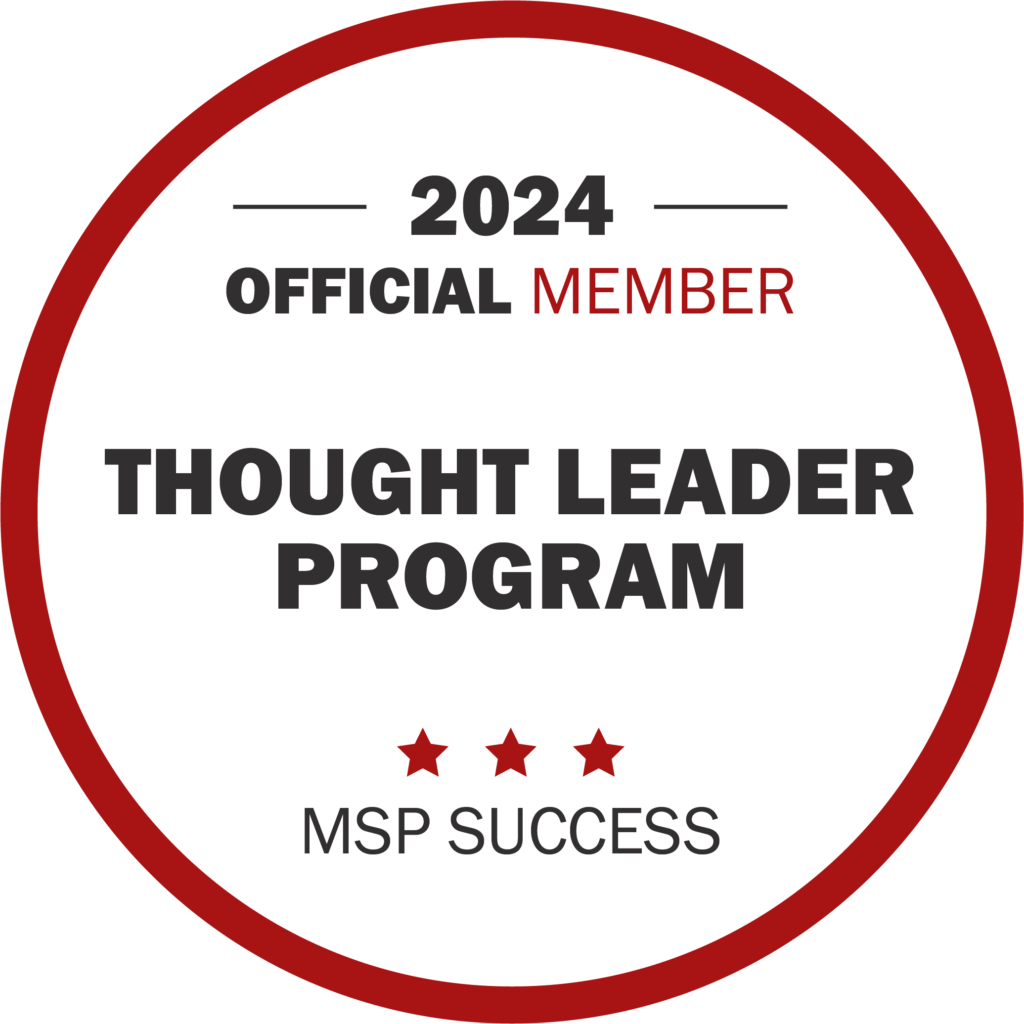
The MSP Success Thought Leaders Program invites leaders in the small business IT/MSP industry to share their insights and advice with MSP Success readers.
The single most important metric you probably aren’t tracking today is client acquisition cost.
I should know. Neither was I—until a recent off-site annual planning session with my leadership team and facilitator changed my thinking. We were going over our 10 company KPIs, making sure that the ones we used last year were still appropriate for 2024, or if we should consider replacing any of them.
When we got to our one key marketing metric, which was the number of first-time appointments (FTAs) with qualified prospects, some of my leadership team pushed back hard. Since we are becoming more focused on profitability, not just growth, they argued that we should have a metric that takes into consideration how efficient our marketing is, not just the volume of appointments it generates.
At first, I wasn’t really interested in making the pivot. I argued vehemently that FTAs matter, that this is the one single marketing metric that matters the most in fact. However, as the conversation continued to unfold, it became apparent that we could do better. We were already tracking new clients, and of course, we still need to track FTAs. But when it came to what my leadership team wanted to see, and what number would best represent the health of our “growth” department (marketing and sales combined), we decided to try out a new number this year.
In 2024, we are focusing on measuring client acquisition costs.
Why Client Acquisition Cost Matters
As we started discussing it, I began to see the genius in this new approach. I really didn’t know what we spent on marketing last year. At least I couldn’t get that number easily. As I checked our accounting system, I saw a lot of things under “marketing and advertising” expense that really shouldn’t have been there—expenses like my peer group membership and coaching system, for instance. However, once I took a look at how much we were spending on marketing in total, including the salary, taxes, and benefits of my telemarketer, all advertising platforms and subscriptions we use to deliver our content, paid advertising, etc., AND coupled that with the total number of new clients we added in 2023, I saw that our cost to acquire a client was no less than $18,000 per client!
On average, each of these clients represents about $2,700 in MRR. The gross margin was decent, but it would take us at least 10 to 12 months to break even just from the marketing expenses it took to land them.
So, I kept digging. Many of our new clients came from things like referrals and our relationships in the community. Only a couple of accounts from last year were 100% correlated to our marketing efforts. If I did the math on THAT, it would show me that our marketing was much less efficient than I thought.
Manage With The Right Metrics
Managing by “feelings” isn’t wise. Managing by metrics—the right metrics—is what separates good companies from outstanding companies.
This year, armed with this data, I have a clear picture of how many new clients we will land. I know how large I want them to be, and therefore I can create a marketing budget based upon my anticipated cost to close a new client.
I’ve targeted landing at least 12 new clients, for $12,000 in client acquisition costs. This will allow me to allocate up to $144,000 in total marketing spend this year. Because I know this, I have a budget to work with. This budget is smaller than last year’s, however, so I had to start making tough decisions on what we will do, what we won’t do, and how we will do it, to get the maximum ROI on our marketing dollars.
Focus On Efficient Growth
Last year, we succeeded in hitting our revenue targets. We grew 25% and had an awesome year. We were profitable, but we were off by about 2.5 percentage points on our net operating margin for the year. I believe this was because I focused more on growth than efficient growth.
This new client acquisition cost metric is going to make me do several things.
- Cap our marketing spend. However, if we project more than 12 new clients we can increase spending, because the cost per client is what matters, not the total spend.
- Focus on better qualified and targeted leads. No more shotgun approach to marketing. I’m now planning on using a sniper rifle. More industry trade shows. Smaller lists that are clean. We will narrow our scope and shoot for the RIGHT clients—those that are in our primary vertical.
- Focus on our close rates. Understanding just how much money these leads are costing helps me to appreciate each one just a little more. I’m going to be more diligent in our follow-up and sales processes to make sure that we close every single possible client we can. We had a close rate of 30% last year. What would we have to do to get it to 50% this year? How would that affect our numbers?
These questions are much more action oriented and useful now that we have changed from, “How can we get 45 FTAs this year?” to “How can we get our client acquisition cost under $12,000 this year?”
Ask better questions and you will get better outcomes.
For more information on CW IT support, go here.









